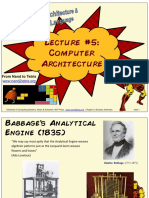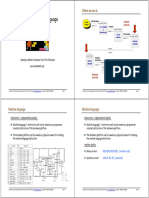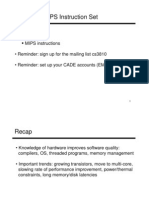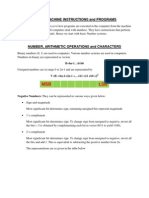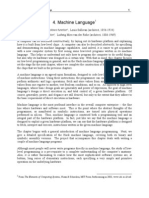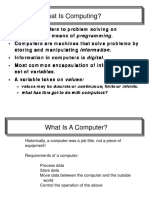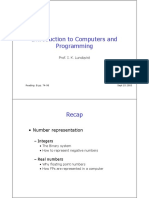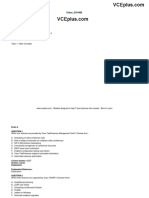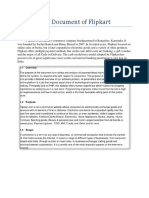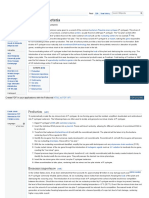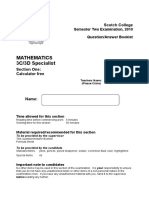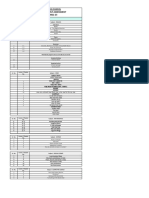0% found this document useful (0 votes)
133 views25 pagesMachine Language and Boolean Arithmetic
The document discusses machine language and its history. It describes how [1] machine language provides a low-level programming interface that directly controls hardware, [2] early programmers used punched cards to represent machine language instructions, and [3] Charles Babbage designed but did not complete the Analytical Engine, which was an early general-purpose computer that used punched cards to store programs.
Uploaded by
Hunter HaggardCopyright
© © All Rights Reserved
We take content rights seriously. If you suspect this is your content, claim it here.
Available Formats
Download as PDF, TXT or read online on Scribd
0% found this document useful (0 votes)
133 views25 pagesMachine Language and Boolean Arithmetic
The document discusses machine language and its history. It describes how [1] machine language provides a low-level programming interface that directly controls hardware, [2] early programmers used punched cards to represent machine language instructions, and [3] Charles Babbage designed but did not complete the Analytical Engine, which was an early general-purpose computer that used punched cards to store programs.
Uploaded by
Hunter HaggardCopyright
© © All Rights Reserved
We take content rights seriously. If you suspect this is your content, claim it here.
Available Formats
Download as PDF, TXT or read online on Scribd
/ 25
